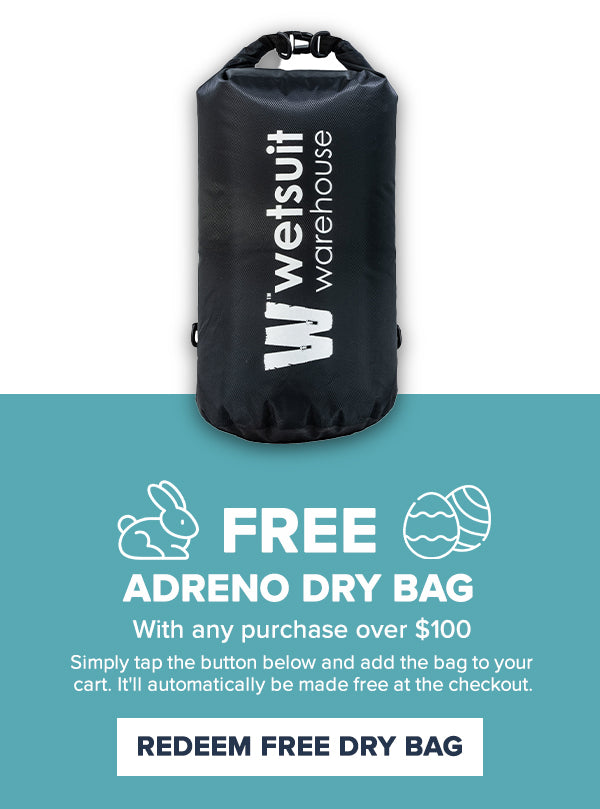Surfing Wetsuit FAQ
1. What brand of surfing wetsuit should I choose?
Choosing a top brand surfing wetsuit can help you make sure you get a quality suit that is going to last for a long time. Even if you surf a lot, your wetsuit should last a few seasons if looked after properly. Cheap neoprene wetsuits are not very durable and can rip and tear easily, meaning you could end up buying a new wetsuit every year. It makes much more sense to invest in a high-quality wetsuit that fits well and has a long working life.
Buying a good quality brand-name wetsuit does not have to be expensive, especially if you buy online and during the off-season.
2. How can I tell the thickness of a surfing wetsuit?
When shopping for a wetsuit, look at the two or three numbers in the product description, separated by a ‘/’. For example, ‘2/3mm’. The first number tells the thickness of the torso section, and the second indicates the thickness of the limbs. If there are three numbers, the second refers to the arms, and the last refers to the legs (e.g., 2/4/3mm). Wetsuit thickness is measured in millimetres (mm).
3. Which type of wetsuit do I need for surfing?
The primary job of a wetsuit is to keep you warm while in the water. When choosing a wetsuit for surfing, consider where you will be surfing and the time of year, as these factors affect water temperature. For example, in tropical conditions, a 2/2mm wetsuit may suffice, while colder conditions, such as in the UK, may require a 5/3mm+ suit.
4. Do I need a full-body wetsuit for surfing?
This depends on the water conditions. In cooler water, you’ll need a full-body wetsuit to stay warm. For warm waters, you could opt for a ‘shorty’ wetsuit with short sleeves and legs, or variations like short sleeves with full-length legs.
5. What is a steamer wetsuit?
A steamer wetsuit covers your full body, leaving your head, feet, and hands free. It is ideal for surfing in cold waters. You can enhance its insulation with hoods, gloves, and boots. Some steamer suits have removable arms, called ‘convertibles’.
6. Do surfers ever use drysuits?
Drysuits are designed mainly for underwater activities and offer excellent insulation, but they are less flexible than wetsuits and are not typically used by surfers.
7. What is a Farmer John suit?
A Farmer John suit consists of a full wetsuit with shoulder straps instead of arm sections, and an outer jacket worn over it. These were common before modern one-piece wetsuits and are now largely outdated.
8. What is the best way to put on a wetsuit without damaging it?
You should be dry when putting on your wetsuit, as damp skin creates friction, making it harder to pull on and increasing the chance of damage. Some surfers use a little talcum powder to ease the process. Always put your wetsuit on in a dry environment, and have someone help zip it up if possible. If not, use the zipper tag to pull it yourself. Zipperless wetsuits are also an option.
9. How do I choose the right fit for a wetsuit?
Once you've chosen your wetsuit, check the size charts to find the right fit. Always try it on in a dry, indoor environment before using it. Surfing wetsuits should fit closely without being so tight that it restricts breathing. The neck and cuff areas should remain tight to retain the insulating layer of water, and the wetsuit should be form-fitting without any loose or baggy areas.
10. Do I need wetsuit hoods for surfing?
You would only need a hood if surfing in cold water. However, wearing a hood can help protect against 'surfer's ear', a condition caused by exposure to cold seawater, even in warmer conditions.


